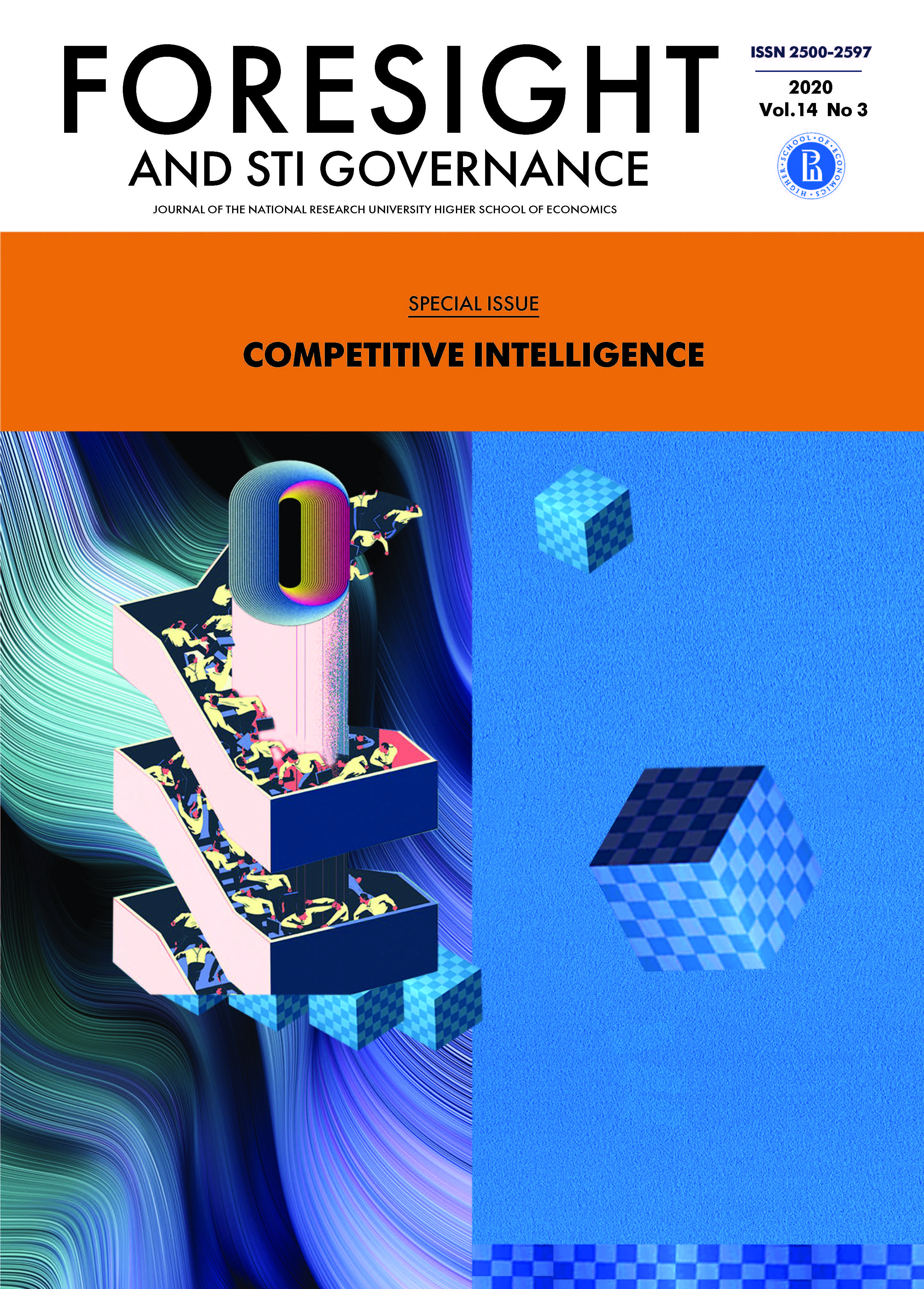Abstract
The quality of an innovative idea and the likelihood that it will lead to a successful new product or service is directly related to the quality of the information that is used to generate the idea and assess its value. Ideas based on a poor understanding of the underlying need or technologies that might be used to address that need will rarely succeed. An assessment of market attractiveness based on faulty estimates of customer readiness for your innovation and current or potential competitors’ activities and their likely response to your offering is a high-risk effort. To successfully innovate, organizations need to have the best information possible to support their development efforts and up-to-date information on the eternal factors affecting an innovative project’s success so they can decide whether it is worth continuing. Competitive Technical Intelligence (CTI) is a branch of Competitive Intelligence (CI) that provides those developing new technologies, products, and services the information required to make better project selection decisions by ensuring the organization has the best information possible on customer needs, technology options (including using external collaborations to speed development and manage risk), and the competitive environment. CTI continues to provide value throughout the development process by alerting project managers to changes that might affect the attractiveness of a project under development. While CTI shares many tools and approaches with other forms of CI, it has special characteristics that call for a different way of managing the intelligence collection and analysis. Specifically, it is common to supplement the CTI staff’s capabilities in ways not often found in other types of CI by leveraging the interest, knowledge, and skills of their users, the technical staff. Drawing on over half a century of research on technology forecasting and innovation, and several decades of the author’s working with organizations to establish CTI programs, this article outlines where and how CTI can help organizations enhance their innovative efforts.
References
Altshuller G. (1996) And Suddenly the Inventor Appeared: TRIZ, the Theory of Inventive Problem Solving. Worcester, MA: Technical Innovation Center, Inc.
Ashton W.B., Klavans R.A. (1997) Keeping Abreast of Science and Technology: Technical Intelligence for Business. Columbus, OH: Battelle Press.
Ashton W.B., Sen R. (1988) Using Patent Information in Technology Business Planning // Research-Technology Management. Vol. 31. № 6. P. 42-46.
Bright J.R. (1968) Technological forecasting for industry and government. Englewood Cliffs, NJ: Prentice Hall.
Bright J.R. (1969) Some management lessons from technological innovation research // Long Range Planning. Vol. 2. № 1. P. 36-41.
Bright J.R., Schoeman M.E.F. (eds.) (1973) A Practical Guide to Technological Forecasting. Englewood Cliffs, NJ: Prentice Hall.
Burke J. (2007) Connections. New York: Simon & Schuster.
Chesbrough H.W. (2006) Open Innovation: The New Imperative for Creating and Profiting from Technology. Brighton, MA: Harvard Business Review Press.
Cooper R.G. (2011) Winning at New Products (4th ed.). New York: Basic Books.
Davis R.C. (1973) Organizing and Conducting Technological Forecasting in a Consumer Goods Firm // A Practical Guide to Technological Forecasting / Eds. J.R. Bright, M.E.F. Schoeman. Englewood Cliffs, NJ: Prentice Hall. P. 601-618.
Herring J. (1999) Key Intelligence Topics: A Process to Identify and Define Intelligence Needs // Competitive Intelligence Review. Vol. 10. № 2. P. 4-14.
Hollerith H. (1894) The Electric Tabulating Machine // Journal of the Royal Statistical Society. Vol. 57. № 4. P. 678-682. DOI: https://doi.org/10.2307/2979610
Kelley T. (2016) The Art of Innovation: Lessons in Creativity from IDEO. London: Profile Books.
Maslow A.H. (1954) Motivation and Personality. New York: Harper & Row.
Meyers S., Marquis D.G. (1969) Successful Industrial Innovation. Washington, D.C.: National Science Foundation.
Natale S. (2019) Amazon Can Read Your Mind: A Media Archaeology of the Algorithmic Imaginary // Believing in Bits: Digital Media and the Supernatural / Eds. S. Natale, D.W. Pasulka. Oxford: Oxford University Press. P. 19-36.
PMI (2017) A Guide to the Project Management Body of Knowledge (PMBOK® Guide) (6th ed.). Newtown Square, PA: Project Management Institute.
Paap J. (1990) A Venture Capitalists Advice for Successful Strategic Alliances. Planning Review. Vol. 18. № 5. P. 20-22.
Paap J. (1991) The VC Opportunity in Corporate Spinoffs // Venture Capital Journal. Vol. 30. № 12.
Paap J. (1994) Technology management and competitive intelligence: New techniques for a changing world // Competitive Intelligence Review. Vol. 5. № 1. P. 2-4.
Paap J. (2007) Competitive Technical Intelligence at Trade Shows and Professional Meetings // Conference and Trade Show Intelligence / Eds. B. Hohhof, J. Calof. Alexandria, VA: Competitive Intelligence Foundation. P. 177-191.
Paap J. (2018) Competitive Intelligence for Innovation. Paper presented at the Martec Executive Workshop, Shanghai, China, June 26-27, 2018.
Paap J., Katz R. (2004) Anticipating Disruptive Innovation //Research-Technology Management. Vol. 47. № 5. P. 13-22.
Roberts E.B. (1988) Managing Invention and Innovation: What We've Learned // Research-Technology Management. Vol. 31. № 1. P. 11-29.
Rosenkranz W. (2003) Continuous Scenarioing and Strategic Early Warning in Pharmaceuticals. Paper presented at the SCIP 2003 International Conference, March 12-15, 2003, Anaheim, California.
Rothwell R., Freeman C., Horsley A., Jervis V.T.P., Robertson A.B., Freeman J. (1974) SAPPHO updated-project SAPPHO phase II // Research Policy. Vol. 3. № 3. P. 258-291.
Vanston J.H. (2003) Better Forecasts, Better Plans, Better Results // Research-Technology Management. Vol. 46. № 1. P. 47-58.
Von Hippel E. (2011) The User Innovation Revolution // MIT Sloan Management Review (Fall). Reprint № 53107. Режим доступа: https://sloanreview.mit.edu/article/the-user-innovation-revolution/, дата обращения 18.05.2020.

This work is licensed under a Creative Commons Attribution 4.0 International License.

